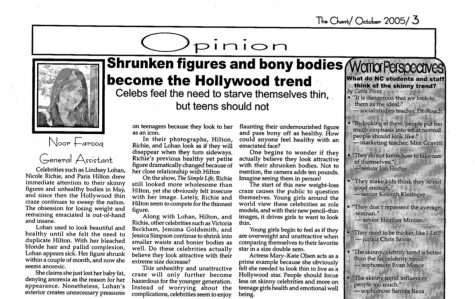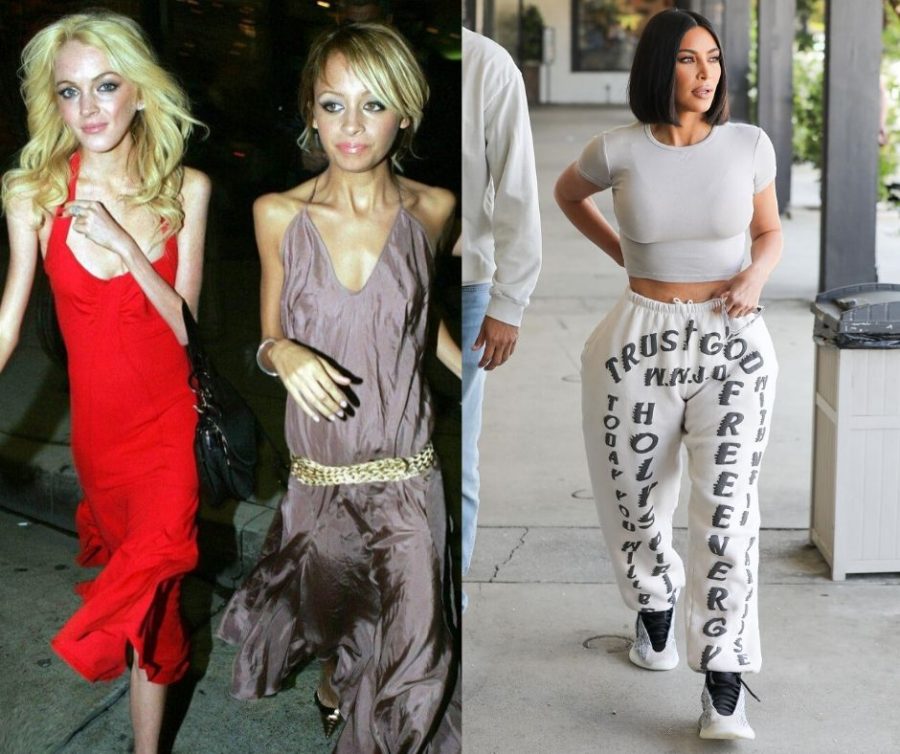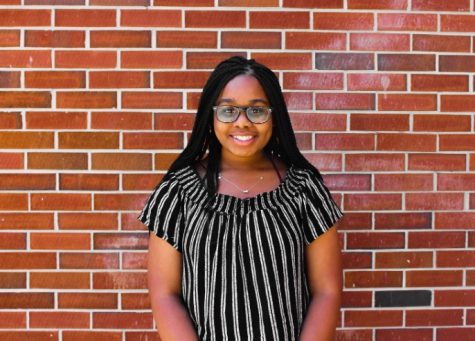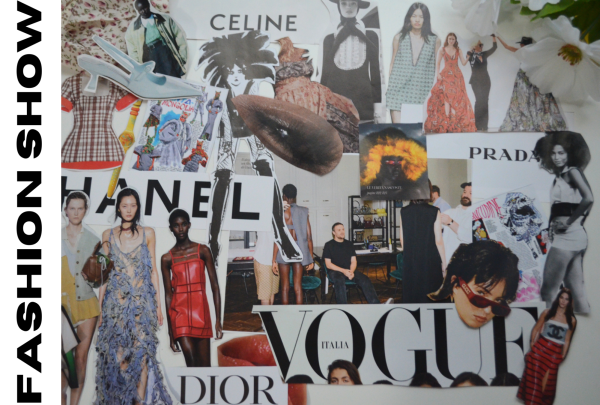The shift in body type celebration
Over the years, fashion has captured the attention of young women everywhere, with desirable models modeling the clothes. The perception of the audience views as “” changes over the years as society becomes more accepting of different body types. Even more recently, students look to celebrities as role models and people who should represent the average person. They believe the actions of their role models influence the way other teens view themselves. “They don’t represent the average woman,” former NC senior Heather Minton said.
November 21, 2019
In the 2000s, posters of the slim figures of famous celebrities like Mary-Kate Olsen and Amanda Bynes filled the walls of American teen girls’ bedrooms. These teens carried the faces of their idols in magazines throughout the school halls, spending their free time chatting about what these celebrities do in their free time and even possible romances they encounter. At this time, millions of girls looked up to these celebs, striving to achieve their body types and lifestyles.
“This unhealthy and unattractive craze will only further become hazardous for the younger generation… the start of this new weight-loss craze causes the public to question themselves. Young girls begin to feel as if they are overweight and unattractive when comparing themselves to their favorite star in a size double zero,” Farooq (2005) said.
This drove young girls to subject themselves to fad diets, aiming to imitate their idols. During this time period, reports of eating disorders skyrocketed.
“The report, based on a review of existing studies on body image and media, also found that between 1999 and 2006, hospitalizations for eating disorders in the US spiked 119% among children under age 12,” writer for CNN, Jacqueline Howard said.
While teens at NC noticed the impact of the celebrities’ actions and disproved, others saw it as a better alternative.
“The skinny celebrity trend is better than the fat celebrity trend,’” Manor (2005) said.

Now, NC teens share differing opinions of desired body types in society.
“Beauty standards have shifted from ones that praise being skinny to praising curviness. There’s this desire—from both men and women—for women to be ‘slim thick’ which is supposed to be a perfect middle ground between being big and being skinny. Just like any other standard, having slim thickness as the ideal image of a woman’s body is toxic. It has the power to perpetuate unhealthy behavior like comparison and body dysmorphia, especially among younger populations. As society grows I think that more people are accepting that there really is no perfect model for what your body should look like and an overall attitude of self-love regardless of body type is emerging,” Magnet senior Michayla Cherichel said.
Beyond NC students, society starts to recognize the changing perceptions of human beauty.
“Since the start of the 21st century, there has been a shift toward celebrating diverse body types in the media and fashion. That trend appears to correlate with the use of social media, where diverse types are represented by everyday users online,” Howard said.
Previously, the media accepted one look— a skinny body, now young women want to emulate other celebrities like Kim Kardashian, while accepting other body types. However, now women seek to look like their idols and have the resources to do so by taking on plastic surgery and other procedures to alter their characteristics— conforming to society’s expectations. This time, the celebrities take on more diverse body shapes, all celebrated by the media. This era of body image once again breeds an unnatural look—a slim waist and bigger butt. The race for a curvier body type resembles the attitudes of the time period where skinnier body types were praised.
According to the American Society of Plastic Surgeons annual plastic surgery procedural statistics, surgical and minimally invasive cosmetic procedures experienced a two percent increase since 2016. Since 2000, overall the procedures increased by 200%.
However, this image of the ideal celebrity– previously associated with Paris Hilton and Lindsay Lohan has changed within the last decade—featuring more diversity. Girls of all different sizes and shapes occupy the album covers of artists.
“Lizzo gives partial credit to social media (and the internet in general) for changing the narrative around size and giving visibility to women like her…she thinks, people can find themselves represented if they feel failed by movies and TV,” Glamour contributor Christopher Rosa said.
New media platforms give young women a glimpse into the lives of people with real body shapes— sometimes tainted by individuals with naturally unachievable body types.
While the trend continues, other women continue to push for self-love. Artists that embody the look praise themselves and others with previously unfavored body types.
“A byproduct of Lizzo’s meteoric rise to fame is that she’s become the face of the body-positivity movement. She embraces it but wishes people would stop thinking it’s miraculous for a plus-size woman to have confidence,” Rosa said.
New types of celebrities fill the minds of teens as the platform for popularity increases. Instagram and YouTube famous influencers gather mass followings, impacting the way their younger audience views themselves whether positive or negative. As the decades progress, different body types become celebrated by society as they become more diverse.

















